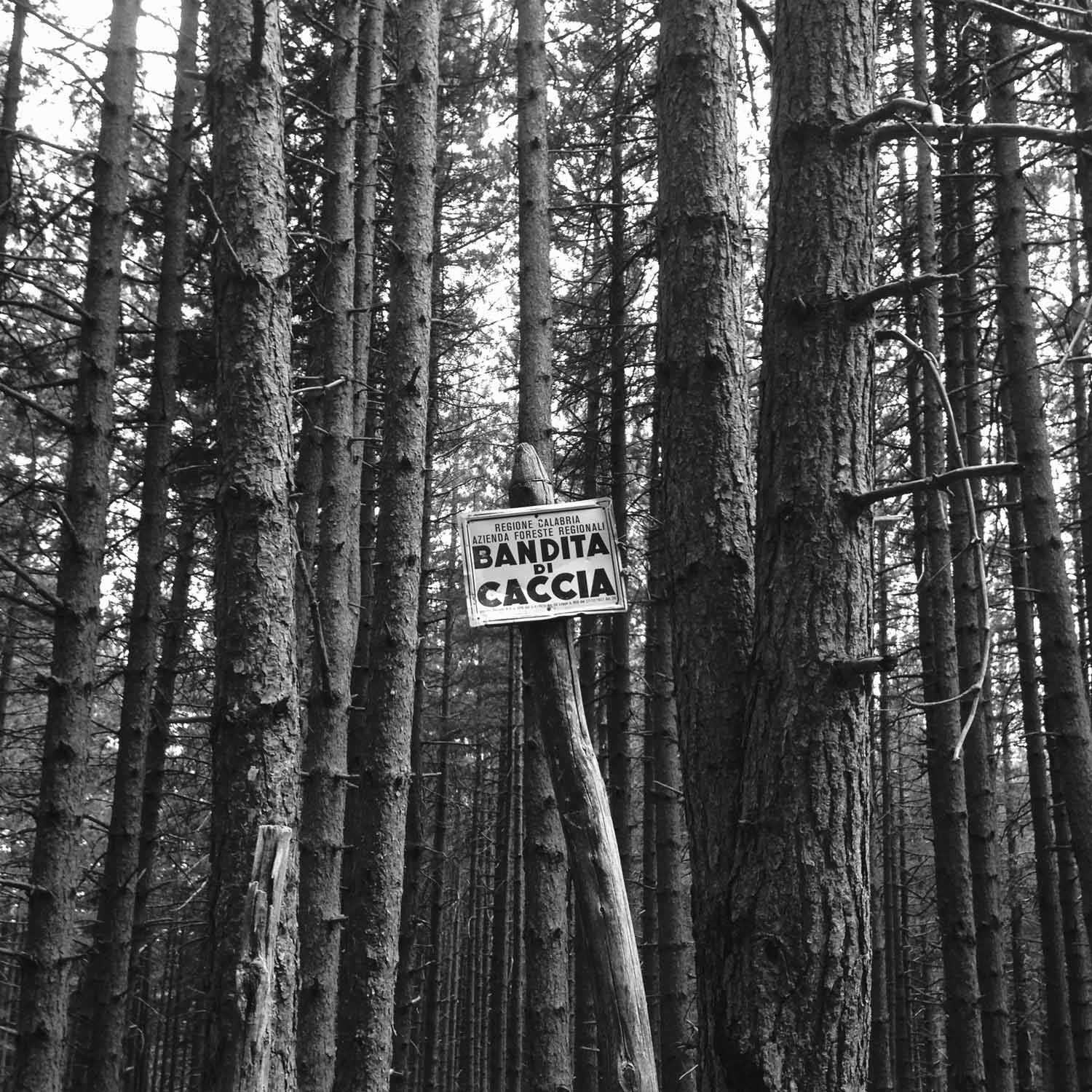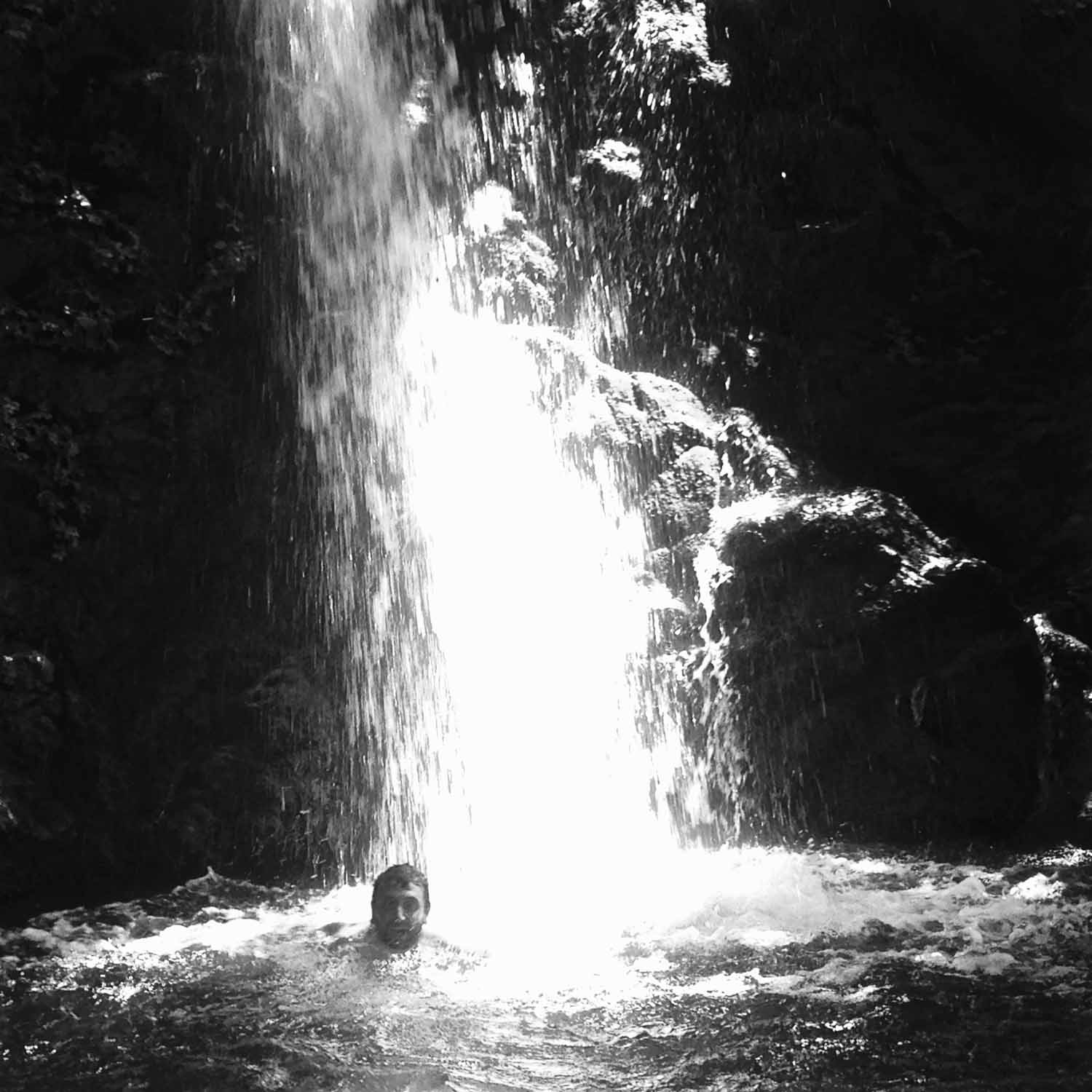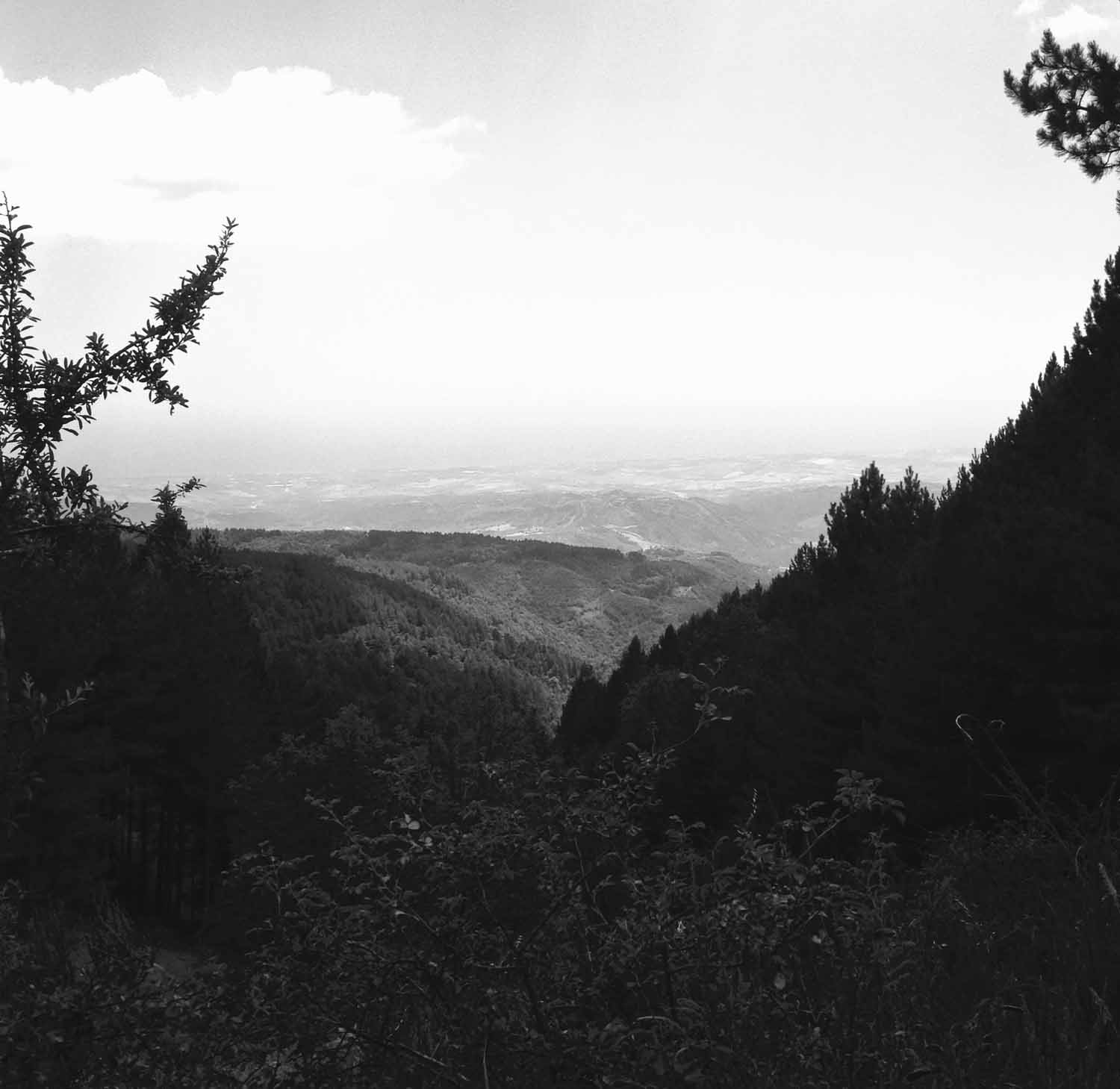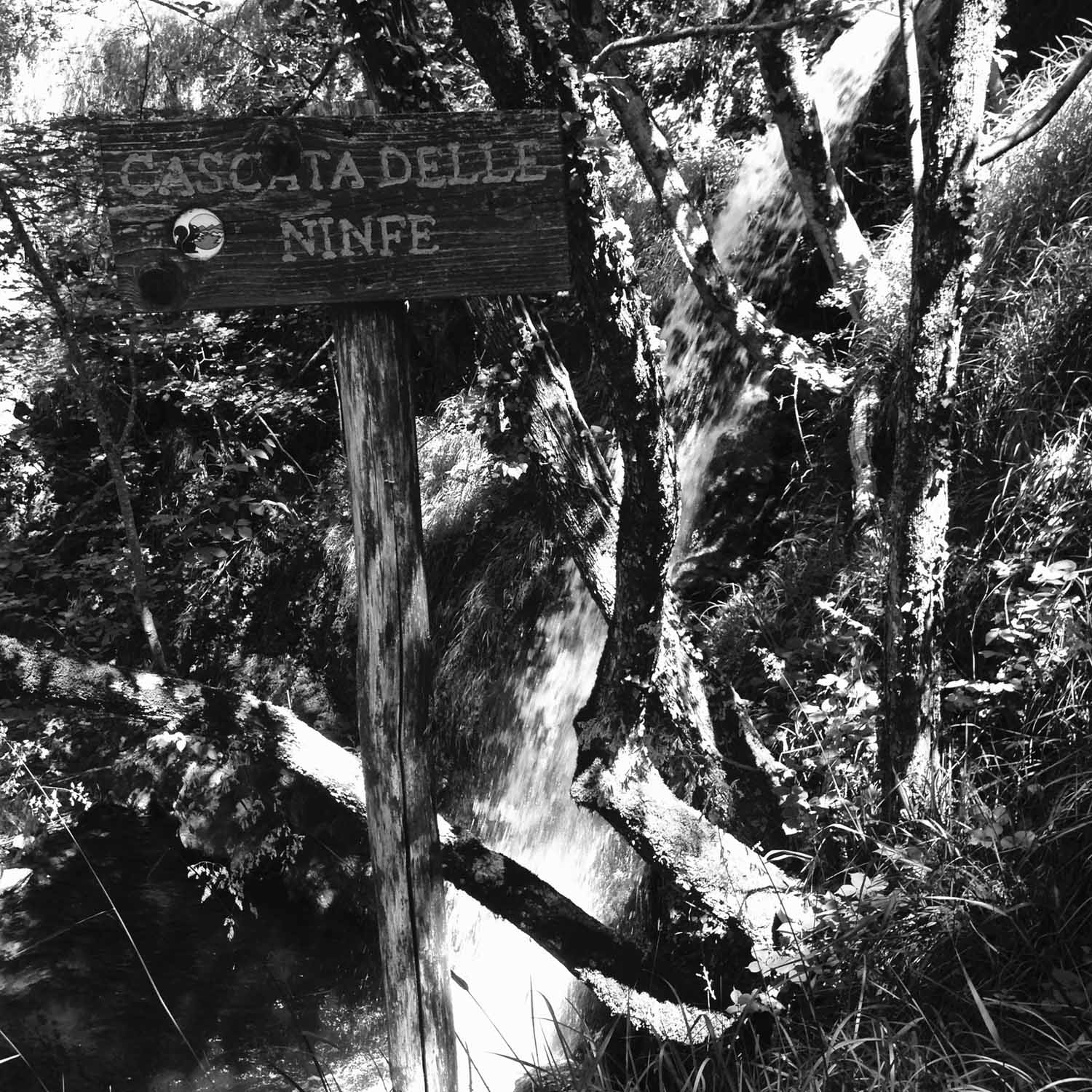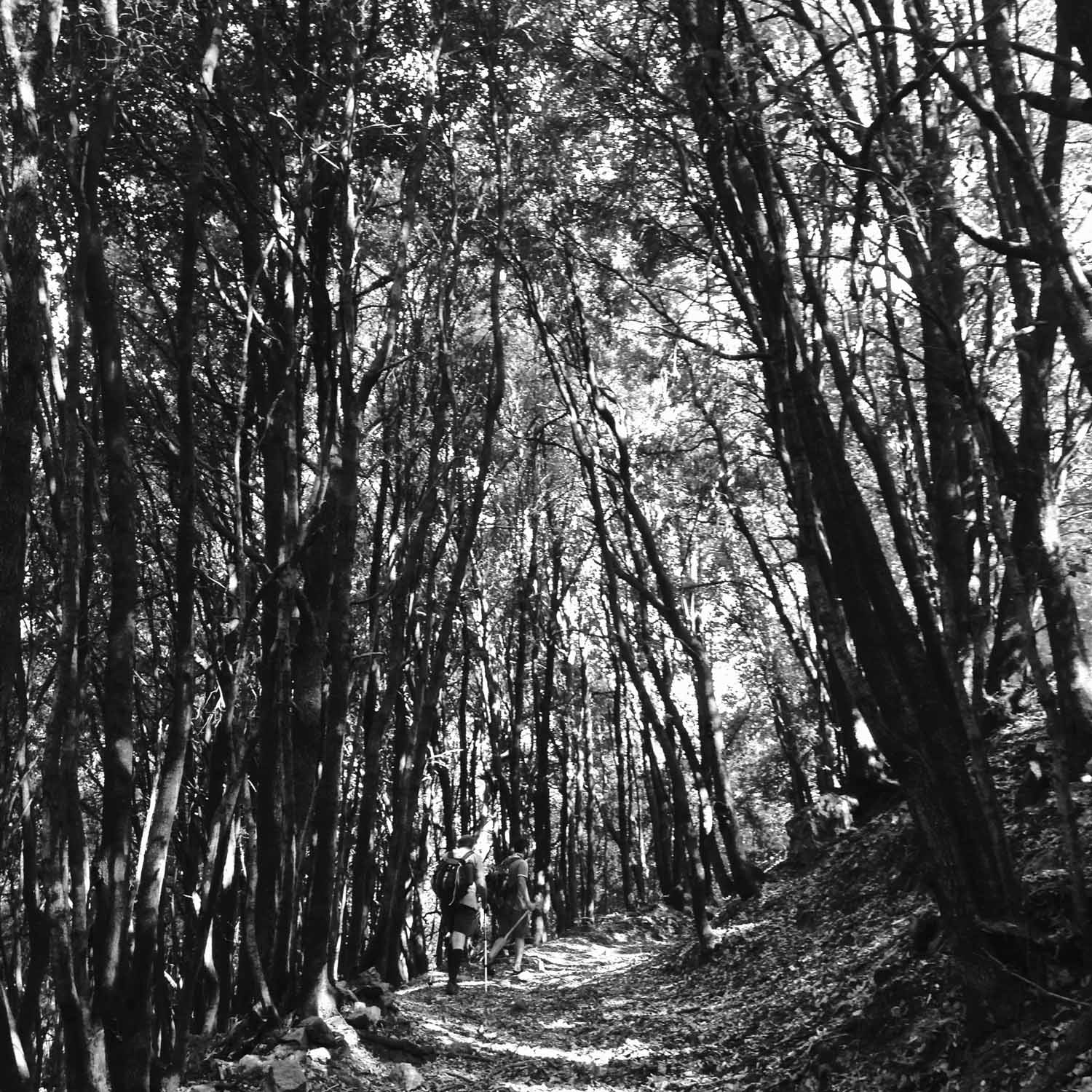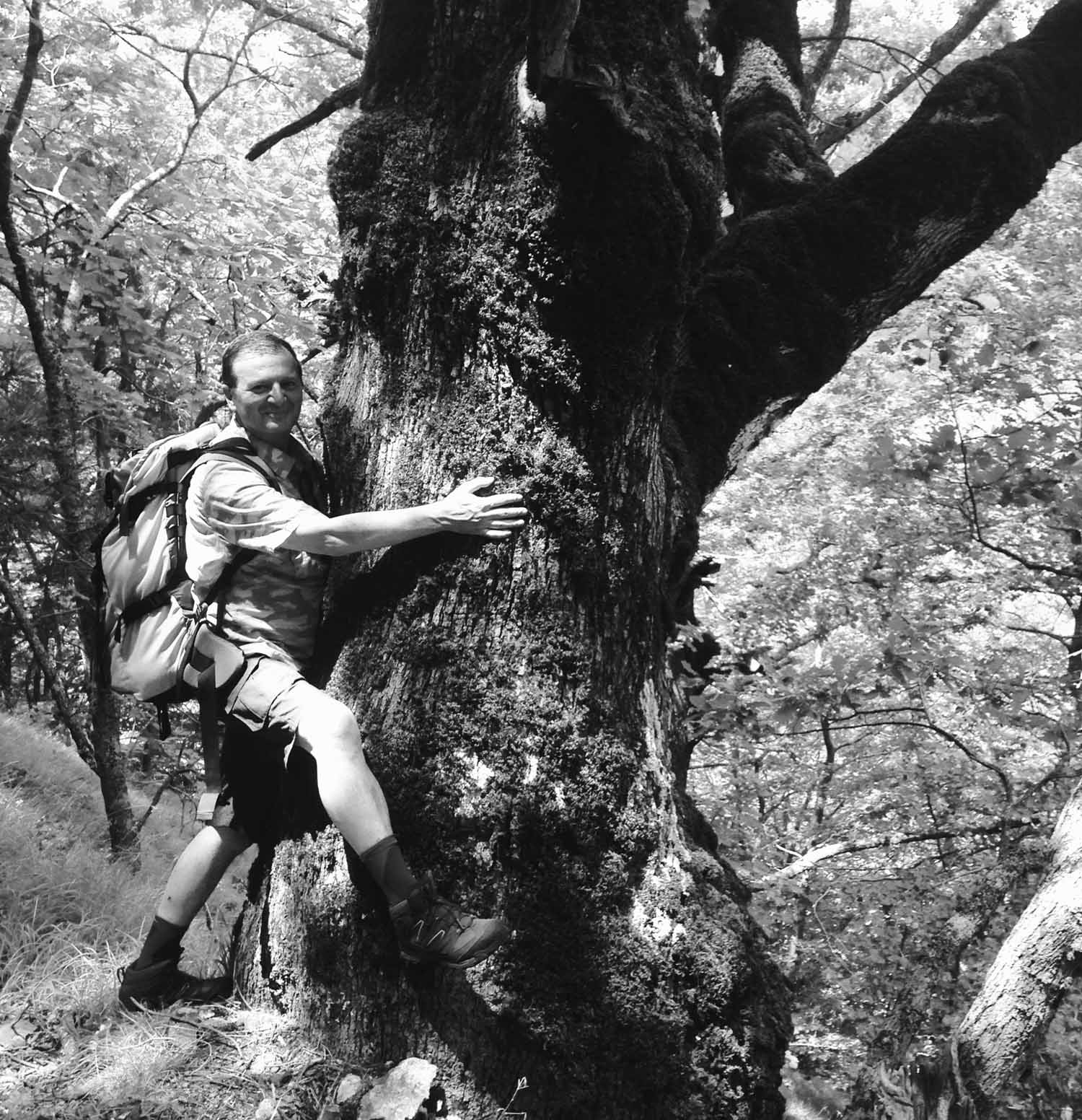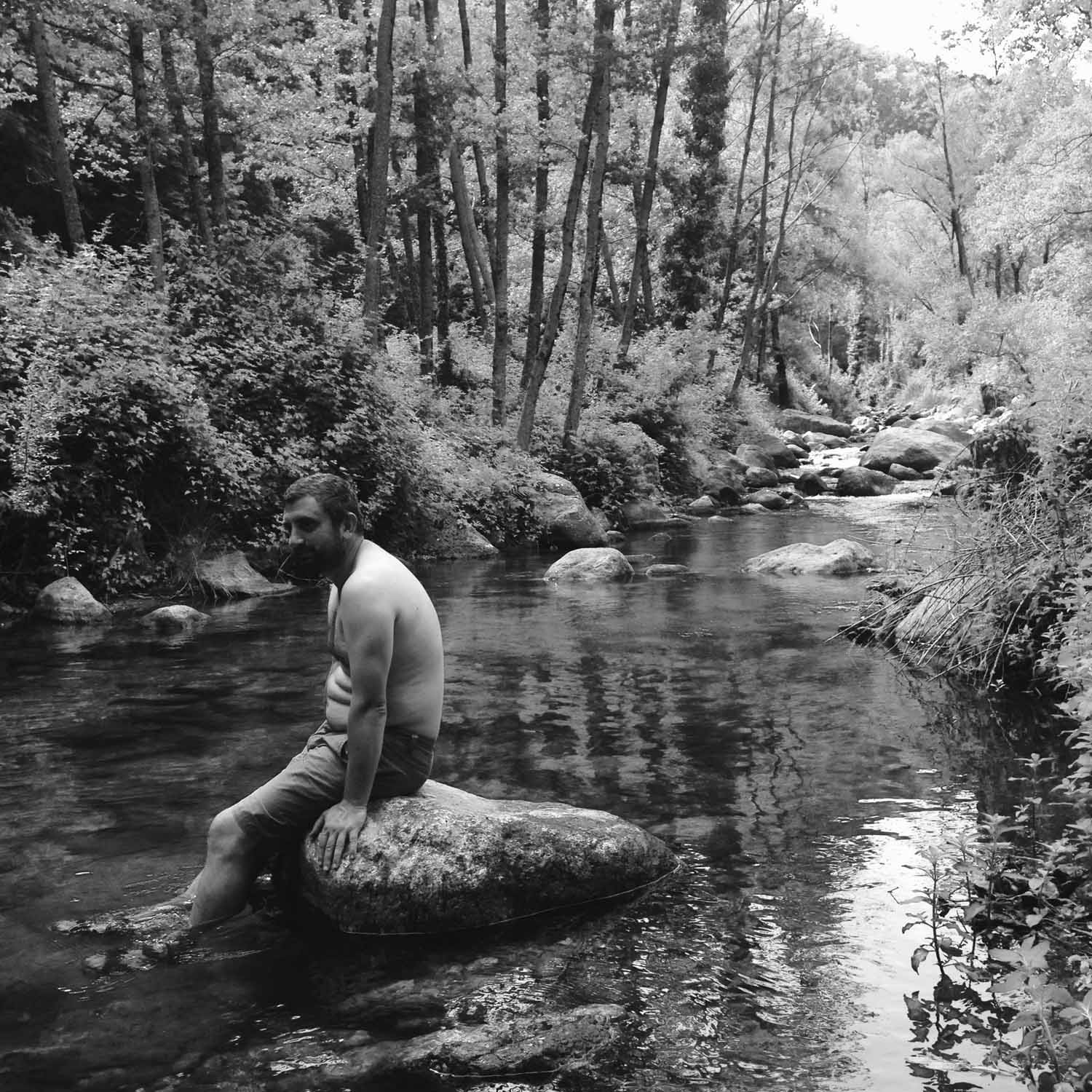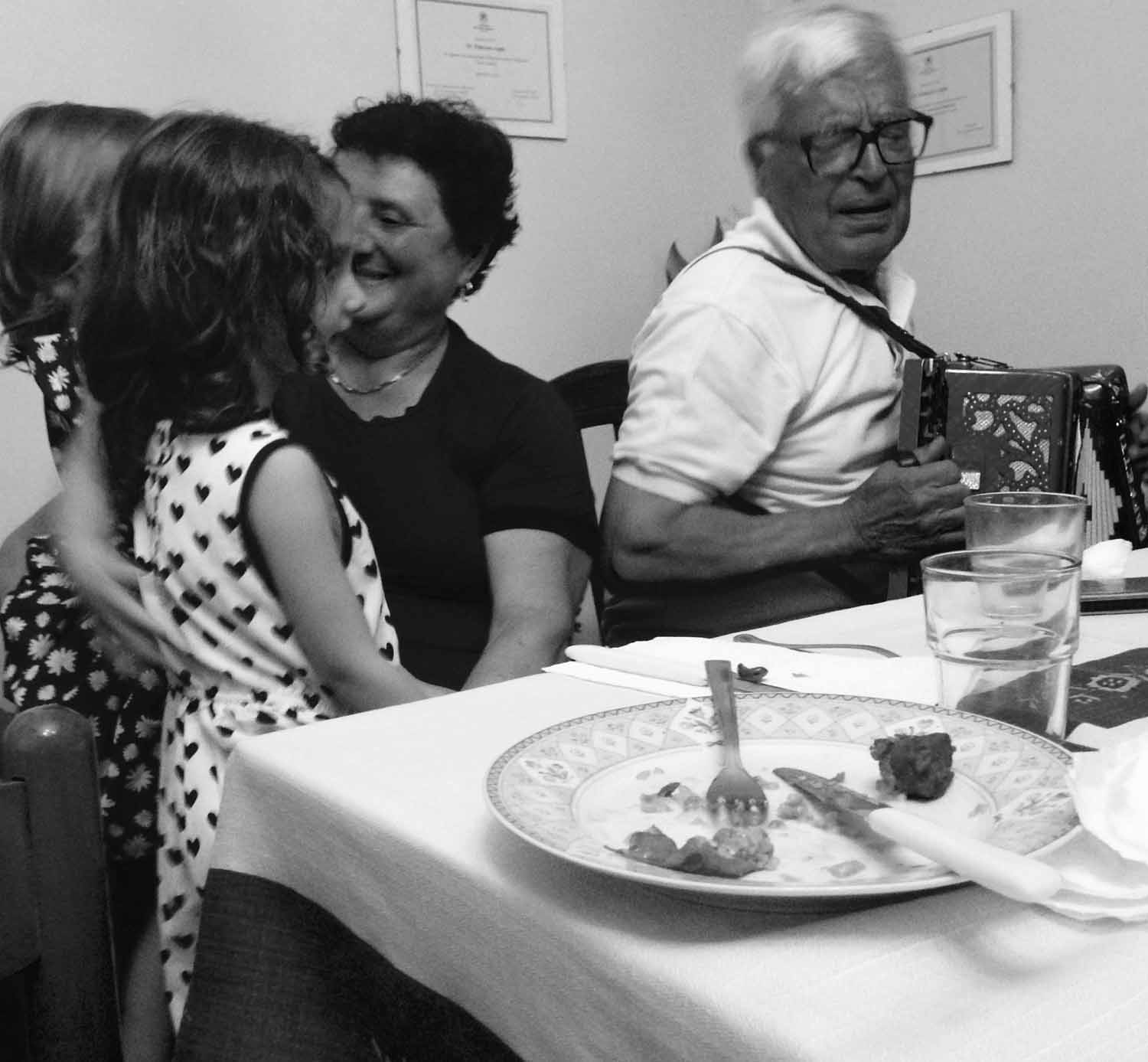In the Realm of Conifers [Day 6]
by Rudston Steward
he fifth day of our Sila hike was a one-way street, going downhill fast. From Buturo, 1,539 meters above sea level, we dropped eight hundred meters to the town of Sersale.
On the way down we passed through a succession of distinct forests: bands of different tree species each occupying a specific altitude range. Over the full arc of the day’s walk the Sila appeared not as a single unified empire, but as a multitude of discrete forest dominions stacked vertically, like great green layers in an arboreal wedding cake.
Our guide Carmine was in his element: as we descended he held court on each tree species in turn, illuminating its role in the complex ecosystem of the Sila. We couldn’t have asked for a better fellow traveller: Carmine is the author of a definitive guidebook on Calabrian plants, including the tree species of the Sila (“Ethnobotany: Calabrian plants and popular culture.”) We were walking to his hometown today; we’d be his guests in Sersale tonight, and meet his family.
LIKE GREAT GREEN LAYERS IN AN ARBOREAL WEDDING CAKE.
At the top of the sylvan food-chain is the beech tree (Fagus Sylvatica,) occurring above 1,400m on the upper flanks of the higher peaks. The ash of beech trees, Carmine recounted, is used in the preparation of a traditional local dish called cicerchia alla cenere, where the cicerchie, a local legume, are soaked with beech ash for three days before being cooked.
Below beech comes white fir: the Abete bianca in Italian (Abies Alba), a species prized for its rapid growth rate. “Since the 1950s fourteen north European countries have been using fir seeds from the Sila for reforestation, because our Calabrian variety is resistant to acid rain. Germany, Denmark, France, Norway, all of them,” Carmine tells us.
By mid-morning we entered the heartland of the realm of conifers: the Calabrian pine, Pinus Laricio Poiret. It is the most diffuse species of the upper Sila, the forest’s most symbolic tree, occupying a broad band of terrain above 1000m. These pines were used to build the fleets of the Greek and Roman Empires in antiquity, and their resin employed to seal the ships. “The Sila produces the best pine resin in the world,” Carmine quoted the geographer Strabo with proud satisfaction.
The trail ran alongside a stream, crashing downwards in a series of cascades frothing into pewter-dark pools. We clambered down the steep bank to plunge into the Cascata delle Ninfe (Cascade of Nymphs): an intense and deeply gratifying shock of cold.
A SERIES OF CASCADES FROTHING INTO PEWTER-DARK POOLS.
For the final stretch of the hike we dropped below the conifers into the domain of broad-leaved trees: first castagno, sweet chestnuts, then cerro, Turkey oaks, and finally a dense stand of leccio, holm oaks. We swam again, in the Crocchio River, before walking the last hour down to Sersale. After five days immersed in the high plateau of the Sila the Ionian Sea now stretched out before us, far below.
As we ambled into town, a final hurdle presented itself: Carmine had made a reservation at a restaurant, but then his mother called to invite us to dinner. Carmine could not say no to his mamma, but was loathe to cancel our booking at such short notice. It was the first time in our five days together that he was at a complete loss about how to proceed.
One of our group, Matteo—a formidable walker, companionable conversationalist, unflappable drinker, and resilient long-distance eater—came up with a brilliant suggestion: “Can’t we just eat at your mother’s house first, and then go to the restaurant afterwards for a second meal?” It struck me as the perfect solution, but the rest of the group was less inclined to power through two repasts in quick succession. So Carmine cancelled the restaurant. In Italy, particularly where cooking is concerned, mamma always comes up trumps.
A FORMIDABLE WALKER, COMPANIONABLE CONVERSATIONALIST, UNFLAPPABLE DRINKER, AND RESILIENT LONG-DISTANCE EATER.
And it turned out to be the right decision. Not only were we treated to a delectable Calabrian meal; Carmine’s dad then got out his accordion. Without waiting for the plates to be cleared from the table he simply cleared his throat and tensed his shoulders, clasping his instrument to his chest like a sleeping child. For a moment he sat like that, hunched over in silence with his eyes closed, as if waiting for inspiration from on high. Then he launched into an uptempo version of La Calabrisella, arpeggios and riffs pouring out of him like mirth from a bubbling brook. He sang from the belly, foot stomping, laughing whenever he stopped to catch his breath (click play on the sound file above for a sample). We joined in, clapped hands, and belted out the ensuing choruses in the best Calabrese dialect we could muster.
Later, as we were heading off to bed, Carmine greeted us with another of his trademark Calabrian idioms: “Chi mangia e non si corica, merita la forca!” Liberally translated: “If you don’t nap after eating, you deserve a good beating!”

